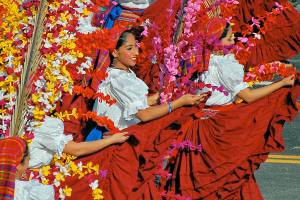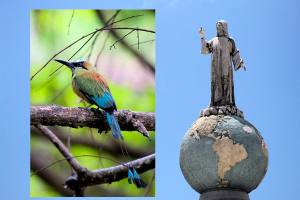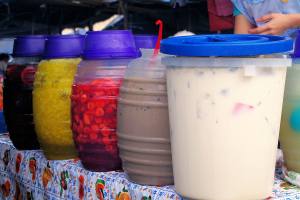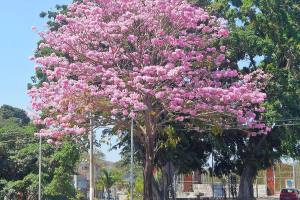Did you know that the izote flower is the National Flower of El Salvador? It is one of the most recent patriotic symbols to receive this distinction.
Although it is not a flower that grows only in Salvadoran territory, its uses, properties, history, and importance for the people made it worthy of recognition as a National Flower.
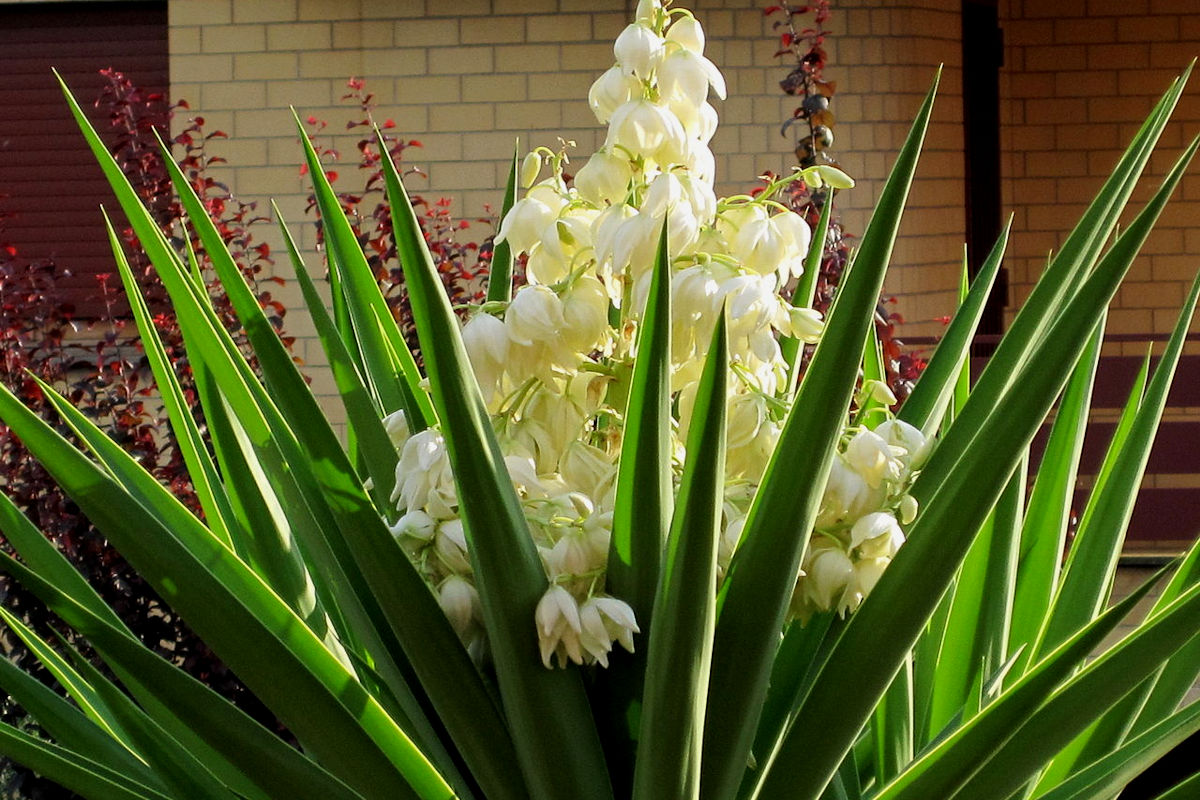
NATIONAL FLOWER OF EL SALVADOR - Izote flower. Photo by Petar43. Wikimedia Commons.
Come and discover with us about this ornamental flower, which grows in El Salvador and other Central American countries and is also known as Flor de Itabo. Let’s start!
Origin and history of the National Flower of El Salvador
According to historical data, the Izote flower is of Mexican and Guatemalan origin. It is believed that it arrived in El Salvador after the constant migrations of the Mayas, who used it for various purposes.
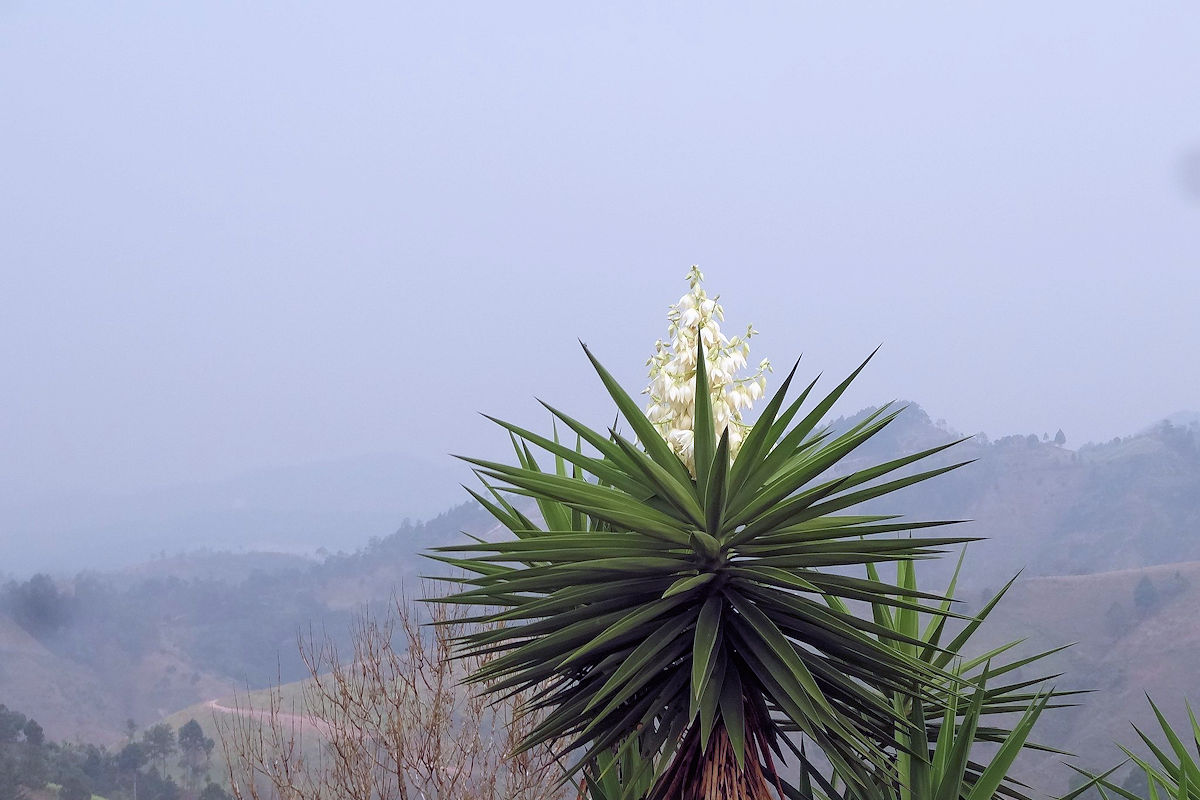
Another theory suggests that it was introduced to the country with the arrival of the Spanish centuries later as part of a maritime expedition to extract samples of flora and fauna of the new world.
This expedition took place on the Mexican coasts at the end of the XVIII century, creating the plant’s first sketches. In 1867 a new journey took place where Eugéne Bourgeau and Louis Hahn made a new flower collection. This one is currently exposed in the Herbarium of the Museum of Natural History of Paris.
In any case, what we know today as the National Flower of El Salvador, was used by the native peoples before the arrival of the conquerors. It is part of the culture and maintained tradition for years until it became ingrained in the people’s feelings.
For this reason, the Izote flower became a patriotic symbol without having received such distinction. Everything in it makes it the living representation of the flora that abounds in El Salvador and, of course, the national identity.
Considering all of the above, on December 21, 1995, the Legislative Assembly officially recognized it as a National Flower, and the decree was announced on February 2 of the following year.
Taxonomy and characteristics of the National Flower of El Salvador
The National Flower, whose scientific name is Yucca Elephantipes, is part of the liliaceous plant family and grows as a shrub. This plant species is unofficially known as yucca of the interior and lacks thorns in its branches and stems, so it is used as an ornamental.
On the other hand, Izote comes from the Nahuatl Izotl or Iczotl, which means tree. This tree can grow in a natural environment up to 10 m high approximately. As for the flower, it grows in clusters with dimensions between 35 and 50 cm.
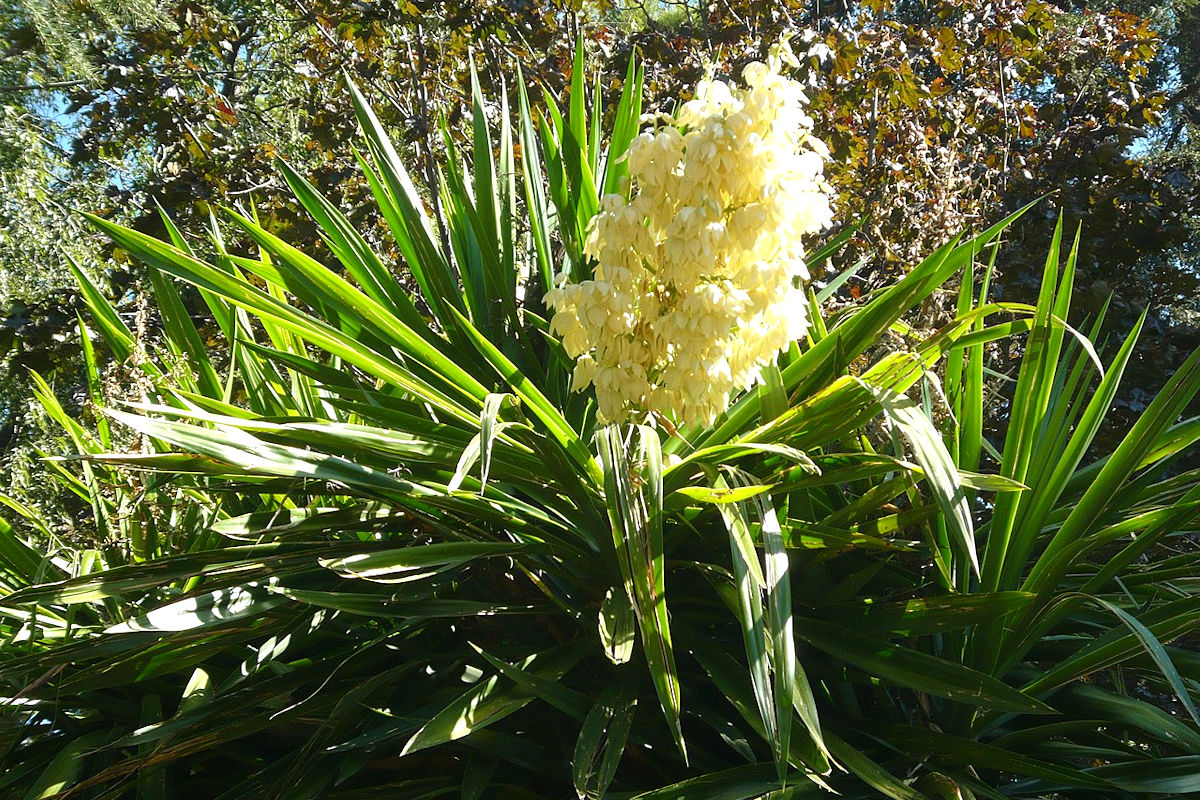
Interestingly, the National Flower of El Salvador has no roots so it can grow in any soil. Its flowers are pearl-white bell-shaped, with green leaves and elongated stems.
Its flowering phase occurs between April and May, while its fruits are born in the following months. Currently, can find the Izote flower worldwide, but it can find it in greater abundance in El Salvador, Mexico, and Guatemala.
How is the Izote flower cultivated?
The cultivation of the national flowers, or Izote flower, is optional to carry out an extensive germination process. As we saw before, it grows naturally, so it is enough to have a vine or a branch of the plant to plant it directly in the soil.
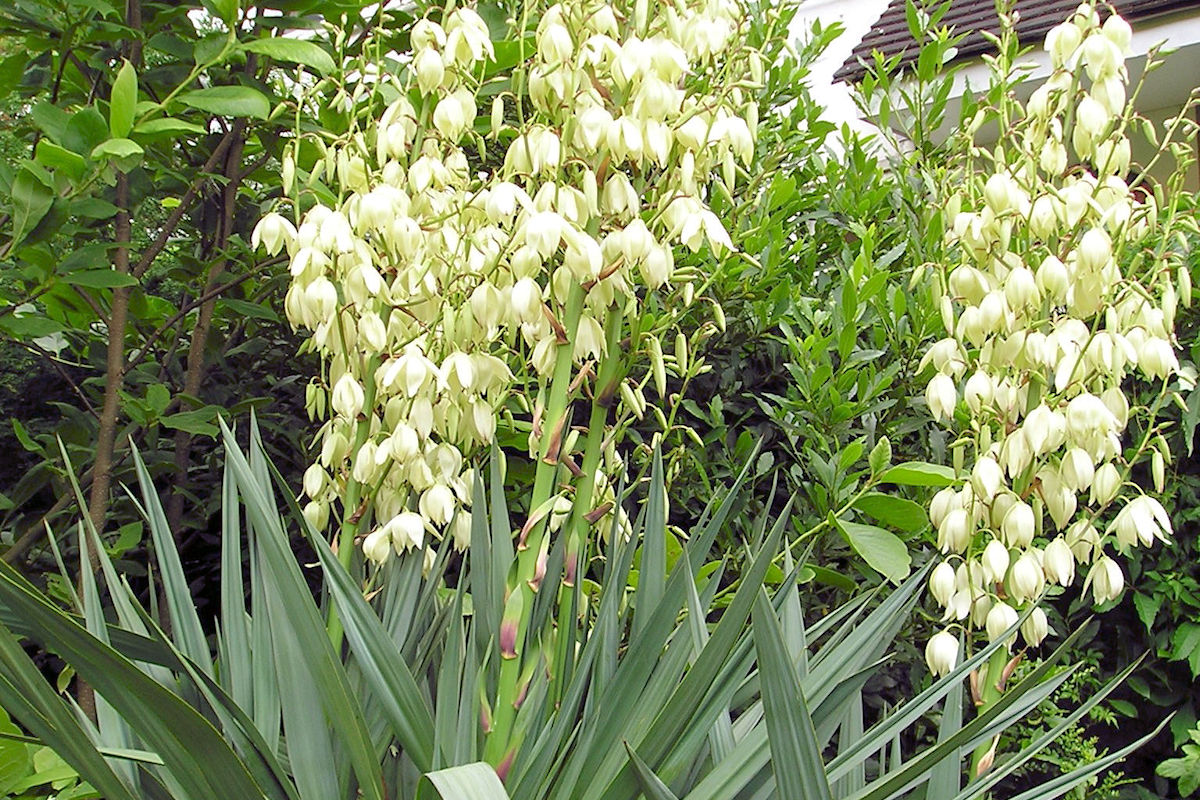
If you want to use it as interior decoration, you can plant it in pots of any size. Considering that it develops as a shrub, it is recommended to prune it periodically to prevent it from acquiring a larger size than desired.
Meaning of the Izote Flower
The Izote flower has been chosen as the National Flower because of its significance for the Salvadoran people. Its incredible beauty makes it an example of the country’s greatness and its biodiversity.
Considering the above, it means fertility, wealth, and abundance. Can find characteristics in all regions of El Salvador.
Properties and uses of the National Flower
Among the National Flower’s properties are vitamin C, calcium, phosphorus, and iron. Its chemical composition makes it an anti-inflammatory, natural depurative, and excellent plant for consumption.
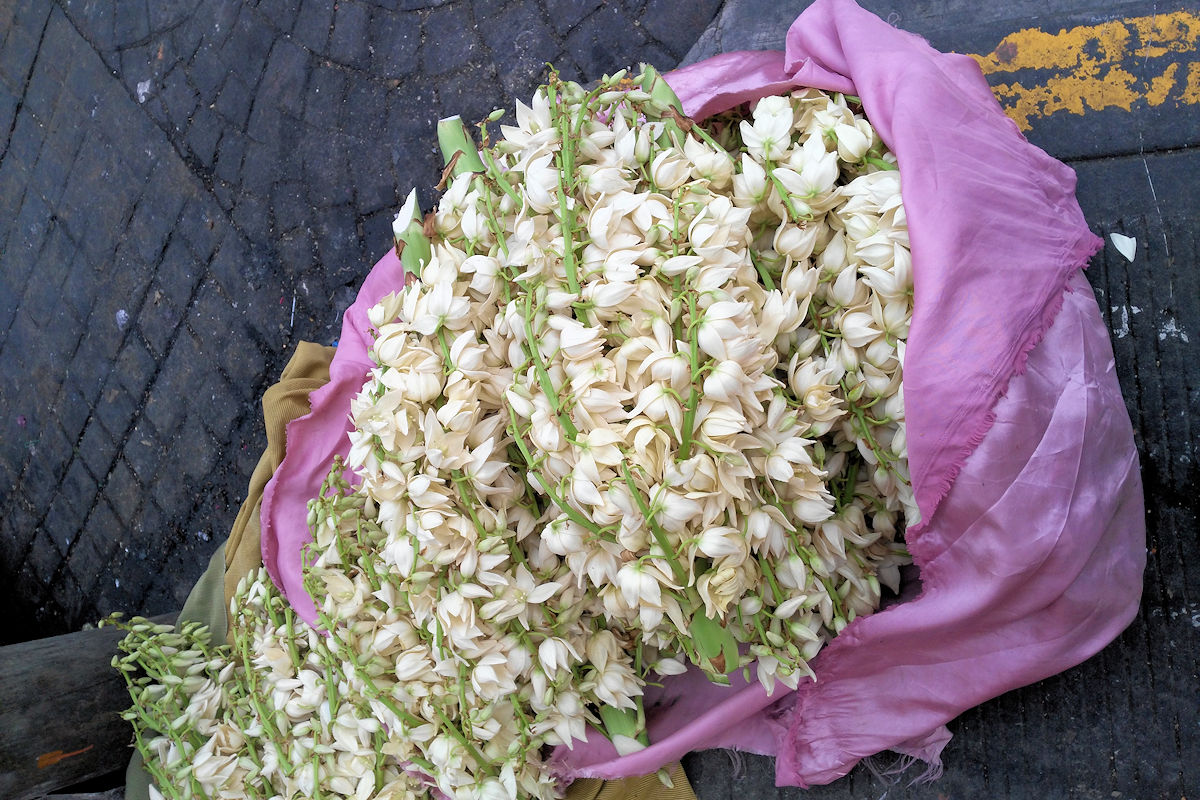
The Izote flower is an essential ingredient in preparing typical meals in El Salvador. In the case of using it as food, it is usually parboiled and mixed with other kinds of food.
You can eat it with eggs, tomatoes, legumes, and vegetables in recipes whose main protein can be chicken, hen, red meat, pork, and more. In El Salvador, several types of lemon tea are prepared, including the Izote flower as an essential ingredient.
However, it is in the Department of Cuscatlán where this plant is consumed on a large scale. It could say that it is a daily and almost obligatory food for the gastronomy of this region.
In addition to the above, the National Flower is part of the nation’s economic development. To such an extent that it is used in the production of textiles. You can find pieces made from this raw material in the towns that make up the Artisan Paradise Route.
Such as baskets and braids made from the fiber obtained from the stem of the Izote flower. Or in the manufacture of alcohol and detergents at the industrial level. Thanks to its infinite uses, you can purchase it in supermarkets all over the country and in local stores.
In short, the Izote flower is one of the most important natural wonders defining people, their customs, and traditions. What makes El Salvador a unique country worthy of knowing and visiting any time of the year.
